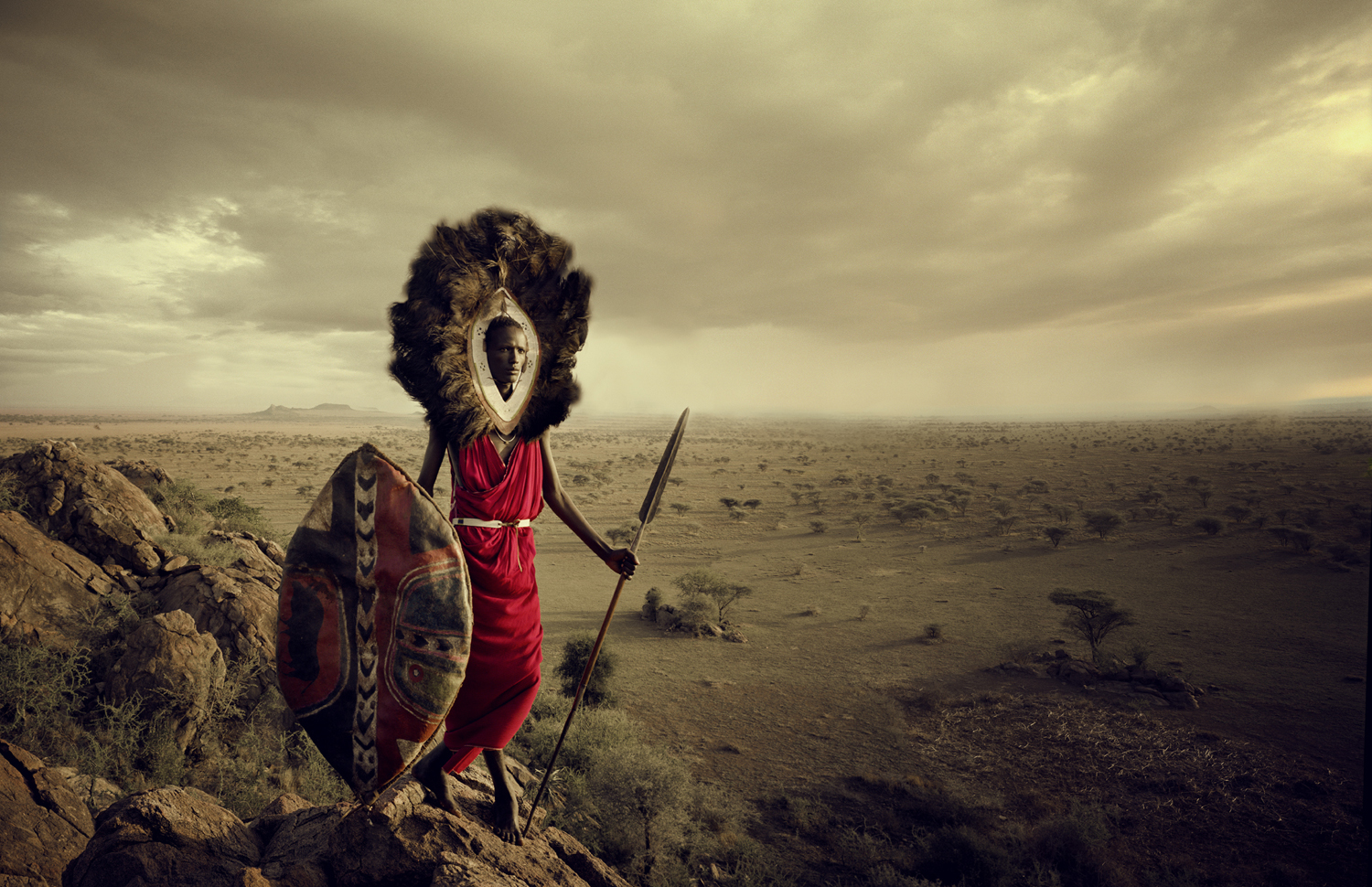
Jimmy Nelson spent his early days in Nigeria—his father was a geologist for Shell—and his adolescence at a Jesuit boarding school in northern England. He was 16 when he contracted cerebral malaria while visiting his parents in Africa, but when he returned to school he was “treated” with the wrong medicine. The next morning, his hair had fallen out. Two years later, tired of living like an outcast—he’d had enough of being judged by his appearance—he fled to where bald heads were not only accepted, but seemingly the norm. By then, he had also found photography.
Nelson landed in Tibet and began eking out a living by shooting editorial work, mainly in warzones and poverty-stricken corners of the world. Five years later, he had switched to commercial photography—advertising was a specialty—to support a wife and three kids. That was all well and good until five years ago, when the one-two punch of the global financial meltdown and the industry’s preference of digital photography over film put a dent in his ability to provide for his family.
Friends and colleagues began to offer advice. You have to go back to the source, they’d say. You have to go back to your passion.
Fast-forward to today. At 45, Nelson is about to release Before They Pass Away, a massive book—both physically and thematically—that’s the result of three-and-a-half years spent documenting vanishing cultures. In what is perhaps the most comprehensive contemporary look at some of the world’s last remaining tribes, the book chronicles Nelson’s experiences photographing 35 populations that have neither adapted to the modern world, nor shown a desire to join it.
Spending up to two weeks with each culture, Nelson would locate, meet, connect with and photograph these “last of the untouched.” After a guide or translator made an initial introduction, Nelson would step in to begin forming a bond and eventually get people to pose—in the jungle, on a mountaintop, in a river. Using the 4×5 plate camera, always in soft light, didn’t just slow him down and focus his concentration; it enabled him to directly confront his subjects. He would always be positioned lower than they were, and they would be seated or standing higher, above him, like icons. Getting them to remain still for a four-to-five-second shutter was a feat in itself. And stripping himself of his own modern-day arrogance and colonialist nature came with time.
His experience in Ethiopia with the Banna is a good example. The tribesmen were high on khat, he recalls, and holding Kalashnikovs. His way of getting close was by getting small.
“You become inferior and you let them push you around; you do not show fear, but you show vulnerability and insecurity,” he says. After that, he would befriend who he felt was the most empathetic one, warm up to him, praise him, bank on his vanity. Once that tribesman had his picture taken, making him feel good and big and strong, everyone wanted their picture taken.
And on it went with, among others, the Samburu in Kenya and the Maasai in Tanzania, the Gauchos in Argentina and the Huaorani in Ecuador, the Nenets of Russia and the Tsaatan of Mongolia. Each location was picked for its geographic remoteness and each tribe selected for its authenticity, rather than its anthropologic vulnerability. (Three regions were purposefully not included: Australia, due to ingrained cultural problems between modern citizens and the aborigines; West Africa, since al-Qaeda-linked militants were running rampant in Mali; and North America where, Nelson says, the tribes haven’t fully retained their heritage the way others have.)
The idea of the book, meanwhile, isn’t just to show photography, but to create a discussion about the imbalance Nelson sees in the world.
“We’re out of context,” he says. That doesn’t mean we should reset to tribal living, but instead create a dialog with the last of the authentics to see where we went wrong; to learn from the purest source what they’re doing right and to take that with us into the future. Nelson doesn’t want them to end up as we have, and so he plans to revisit each tribe to start that conversation.
Jimmy Nelson is an Amsterdam-based photographer focused on disappearing cultures. See more of his project at BeforeThey.com.
Andrew Katz is a reporter with TIME covering international affairs. Follow him on Twitter @katz.



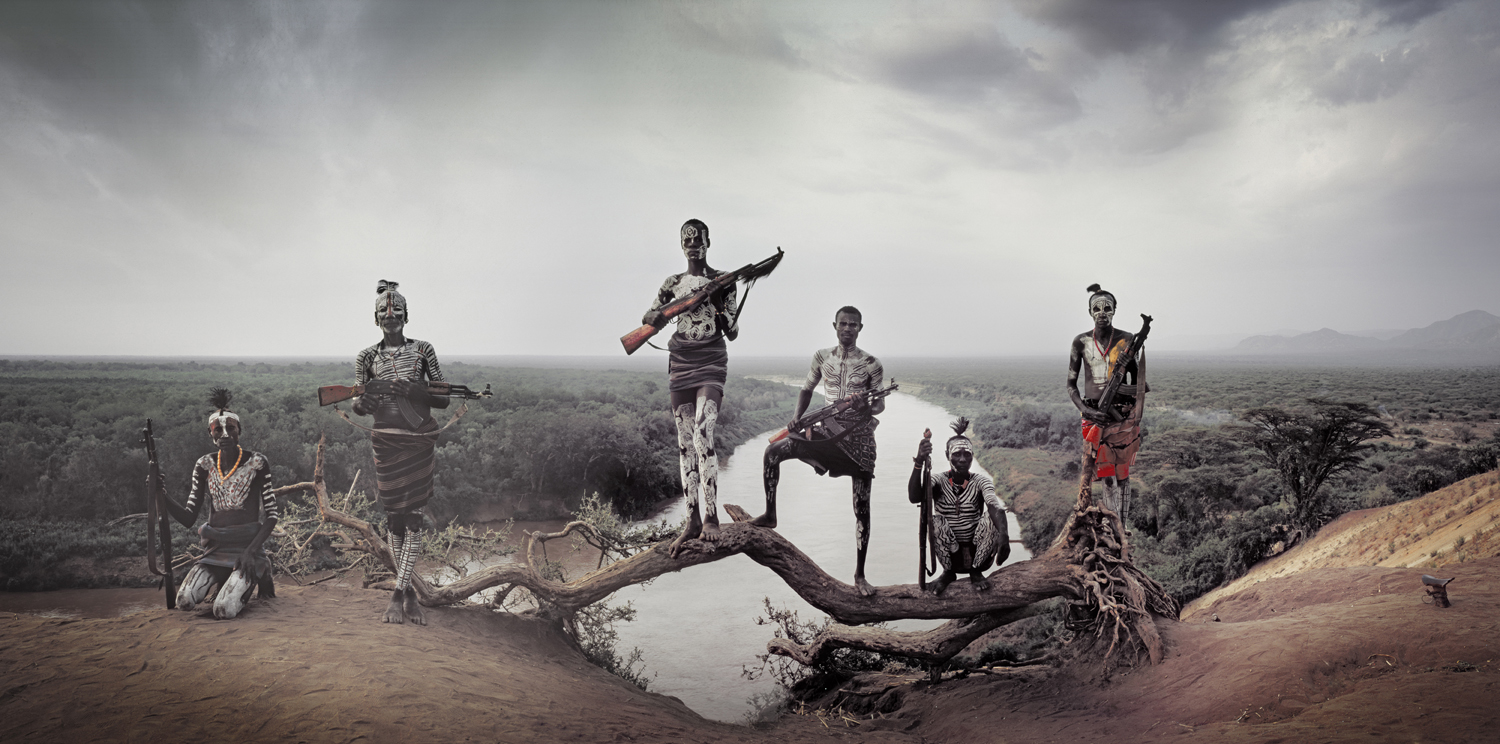
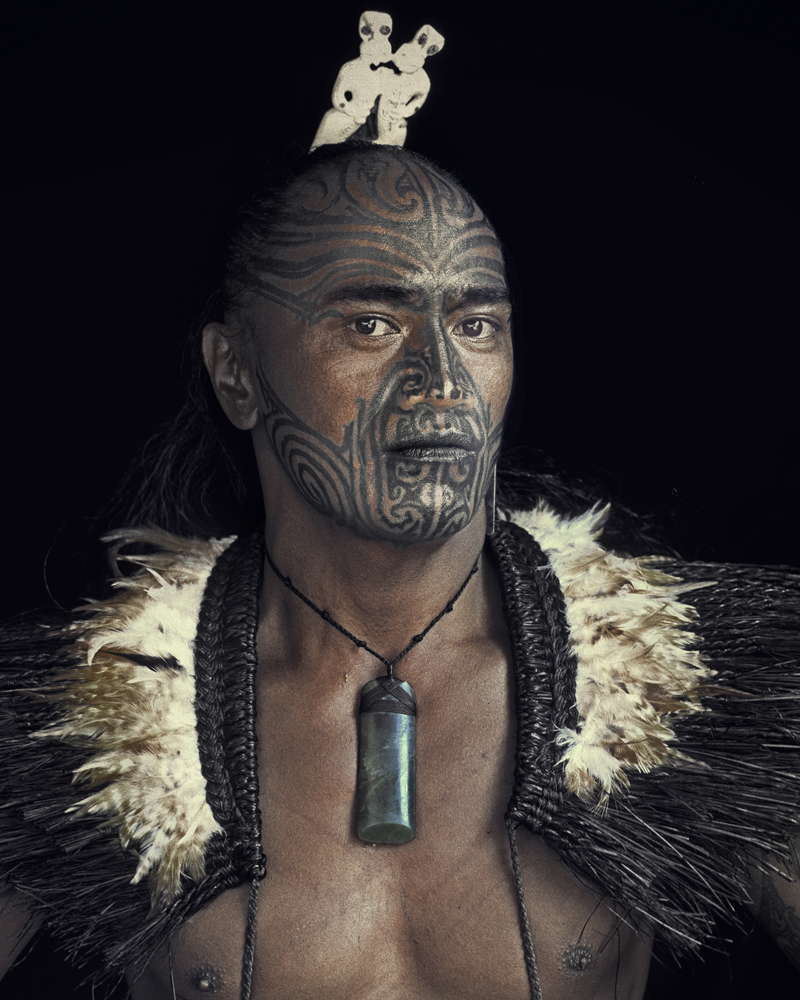

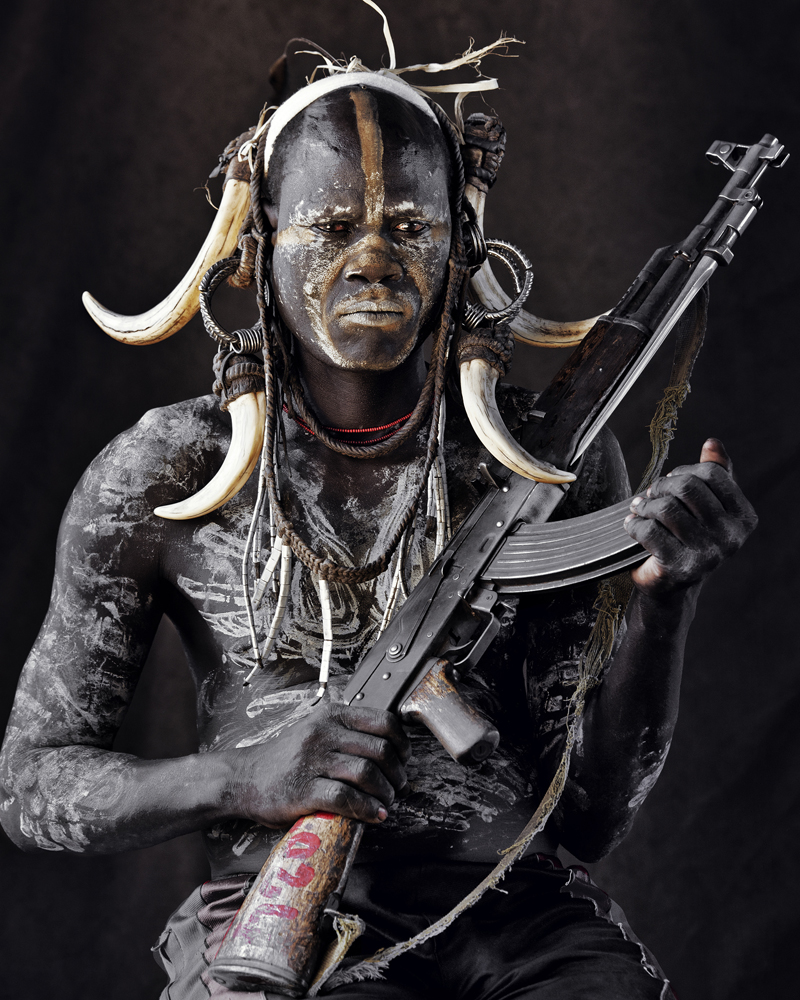
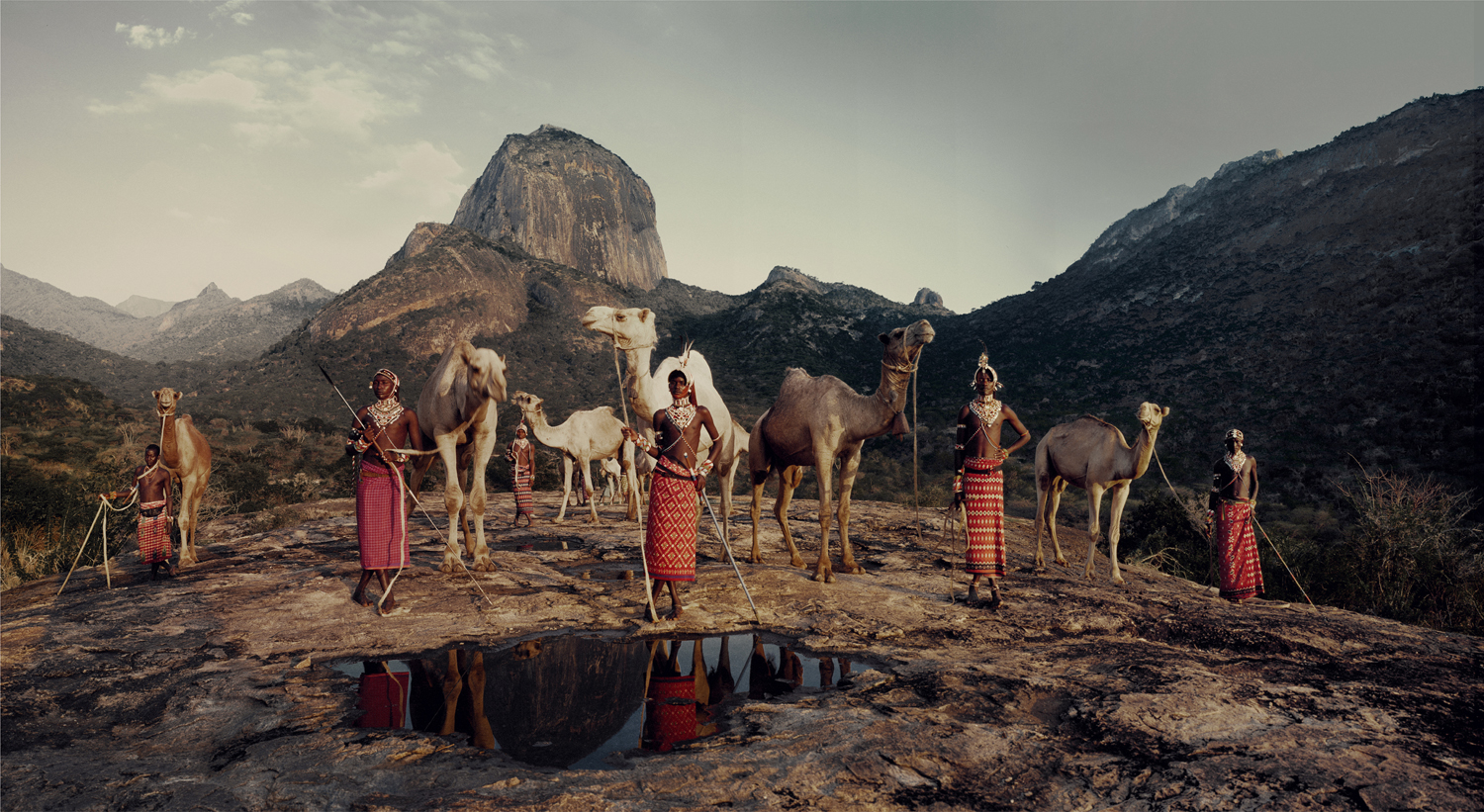

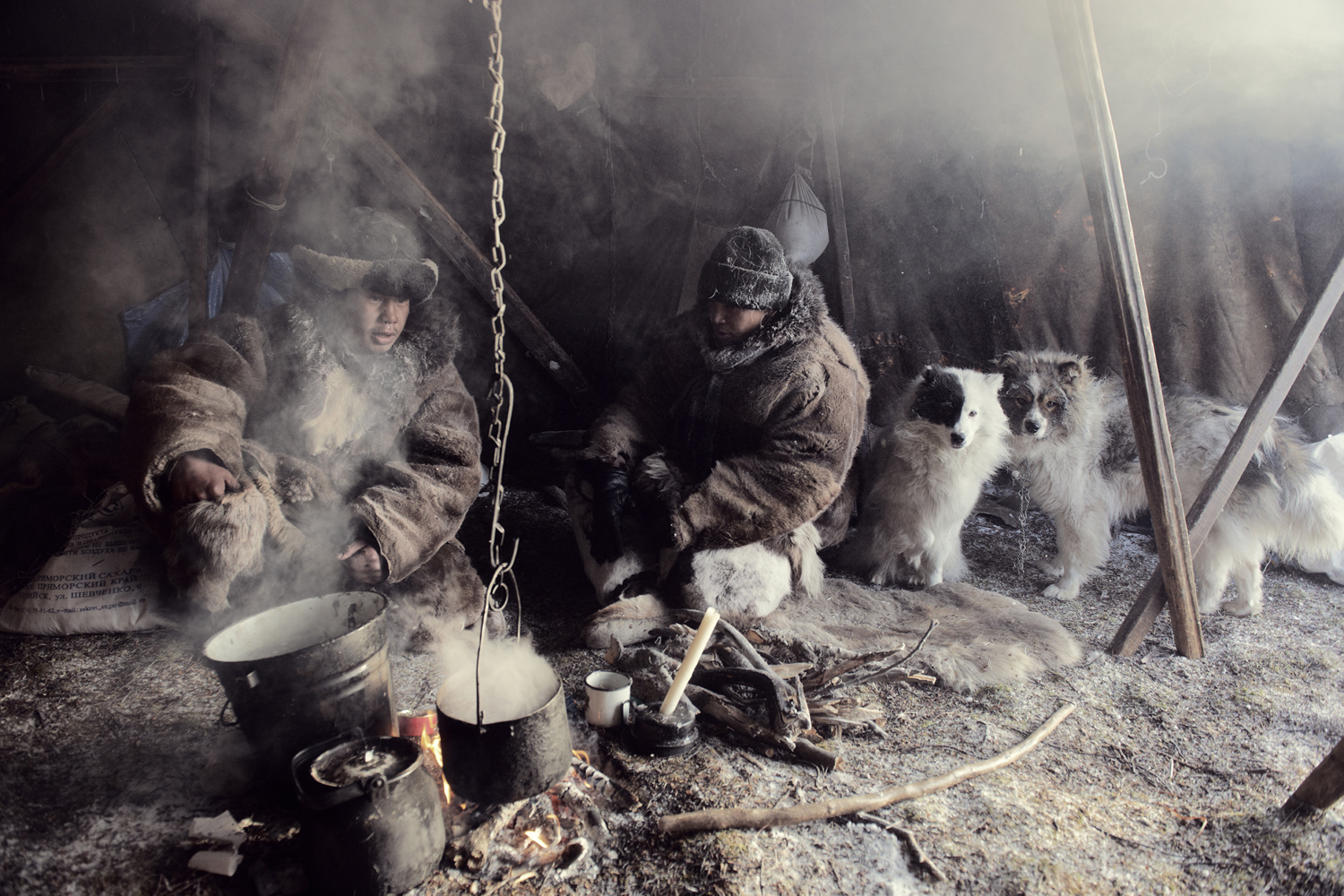

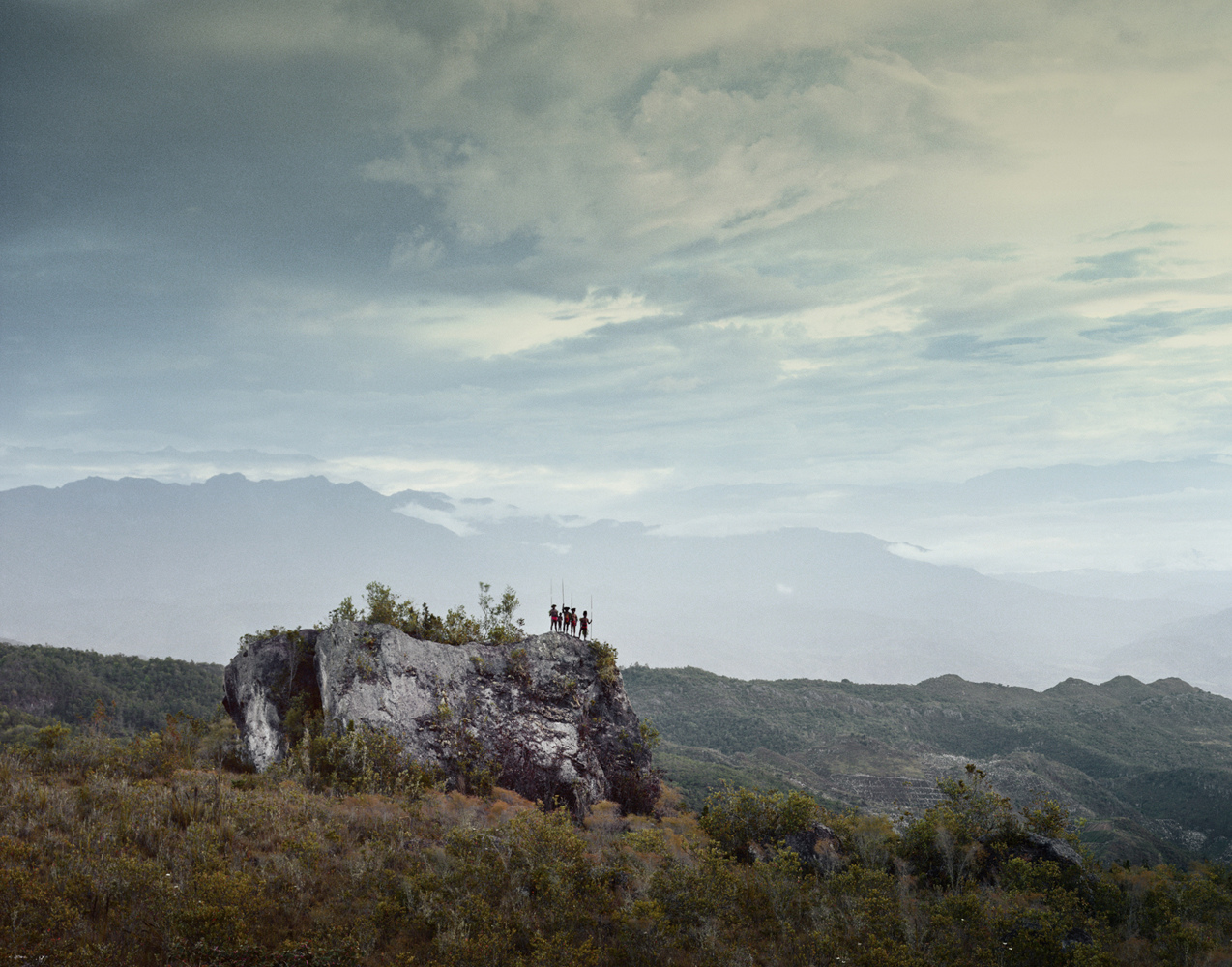
More Must-Reads from TIME
- Donald Trump Is TIME's 2024 Person of the Year
- Why We Chose Trump as Person of the Year
- Is Intermittent Fasting Good or Bad for You?
- The 100 Must-Read Books of 2024
- The 20 Best Christmas TV Episodes
- Column: If Optimism Feels Ridiculous Now, Try Hope
- The Future of Climate Action Is Trade Policy
- Merle Bombardieri Is Helping People Make the Baby Decision
Contact us at letters@time.com